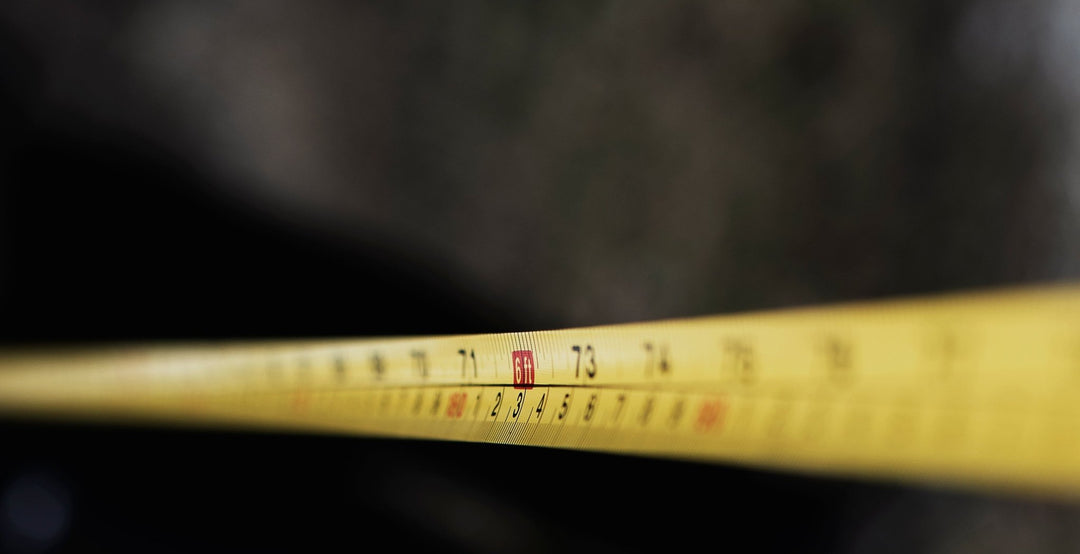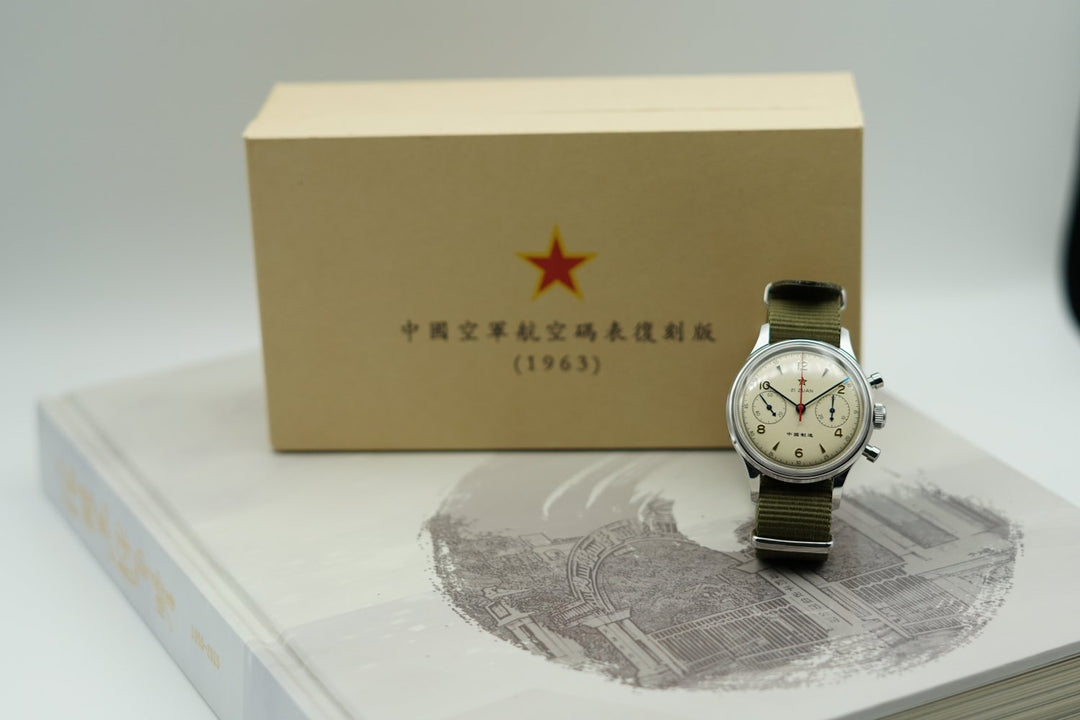When are watch winders useful?
Imagine you have a nice collection of automatic watches with different complications: 3-hand watches with date, day of the week or month display and maybe you can even call yourself the lucky owner of a perpetual calendar. Now it is unusual to carry more than one, let alone the entire collection, on your arm. As a result, the watches stop and must be set before being worn again. Depending on the watch movement, this can be a complex process. A watch winder can help here .
What is a watch winder?
A watch winder, also known as a watch winder, slowly rotates a watch attached to it around its axis, imitating wearing it on the wrist. This continuously winds the automatic movement and keeps the watch running.
Watch winders are available in different sizes. The most common versions can wind one, two or four watches at the same time. However, there are no upper limits (e.g. Buben & Zörweg, 142 watches).

How does a watch winder work?
The basic principle is simple: the clock should be moved so that it doesn't stop.
This continuous movement of a watch turner simulates the movement of the arm and wrist. This kinetic energy is stored in the spring housing via the rotor of the automatic movement and then released to the movement in a controlled manner so that the watch can run. Between rotations, a watch turner also has rest periods that simulate the natural wearing of a watch . Automatic movements can have different requirements for a watch winder. Most watch winders can therefore set the number of revolutions per day (TPD: Turns per day) and the direction of rotation.
Which watches can be wound with the watch winder?
A watch winder can only wind wristwatches with a mechanical automatic movement . All other mechanical watches cannot be wound using rotational energy.
What directions of rotation do watch winders have?
Clock turners can usually be set to turn either clockwise, counterclockwise or alternately in both directions.
- CW (Clockwise) clockwise rotation
- CCW (Counter Clockwise) rotation counterclockwise
- CW + CCW (Clockwise + Counter Clockwise) rotation alternately in both directions
Whether the watch winder is tilted plays a minor role and is more of a design feature.
Which direction of rotation is correct for my watch?
90% of automatic movements are wound clockwise at 850 revolutions per day (TPD) . Which direction of rotation is suitable for your watch depends on the manufacturer and type of movement. You can usually get information about this directly from the manufacturer.
Can it harm the watch if it is turned in the opposite direction?
No. If an automatic movement can only be wound in one direction, the other direction is idle. So your watch will only not wind if it is turned in the wrong direction. Which direction of rotation is suitable for your watch depends on the manufacturer and type of movement. You can usually get information about this directly from the manufacturer.
How loud is a watch winder?
The volume of a watch winder is a quality criterion. High-quality models have very quiet engines (e.g. Switzerland, Japan) and can hardly be heard. The larger the watch winder (watch winder for 2 watches or watch winder for 4 watches) has more moving parts and can therefore make more noise. It is best to test the watch winders you are considering directly at the final installation location.
How is a watch winder powered?
An automatic watch winder is usually operated via mains power. There are models that, in addition to the mains power connection , also enable battery operation. This can be practical if these models are to be taken with you when traveling or stored in a safe.
What should you pay attention to when buying a watch winder?
Technology
The existing programs and setting options should be a main criterion when choosing the best watch winder for you. Make sure that both directions of rotation are possible. Some clock movements can only be wound in one direction. Many watch winders already provide for this in programs where you have the following options:
- CW (Clockwise) clockwise rotation
- CCW (Counter Clockwise) rotation counterclockwise
- CW + CCW (Clockwise + Counter Clockwise) rotation alternately in both directions
The TDP should also be adjustable. With 850 TDP you can already cover 90% of all automatic watches. In general, the recommended TDP is between 650 and 1950, although 650 to 900 TDP should be sufficient settings.
Size
The size of a watch winder depends on your personal collection of automatic watches that you want to wind with it. Watch winders for a watch can be very compact and can even be easily placed in a closet or a safe. Larger models for more watches require significantly more space and can be the size of a cupboard. The most common versions accommodate one, two or four clocks at the same time.
volume
Most providers advertise their watch winders as being whisper quiet. However, the following applies here: Trying over studying. Test the models you are considering in a quiet environment and with different setting options. If the watch winder is in the living room, the volume plays a smaller role than if it is in the bedroom.
Can using a watch winder damage a watch?
With modern automatic watches you don't have to worry. Continuously moving the watch promotes the distribution of oils throughout the watch and thus increases its lifespan.
However, lovers of vintage watches should be careful: the (original) oils used can become resinous and thus damage the watch by causing very high wear and tear on the moving parts in the movement. Changing the oil can help here. The synthetic oils used today are very stable and no longer become resinous. Please speak to your watchmaker before you have your beautiful vintage watch wound in a watch winder.
Watch winder for storage or display
An automatic watch winder is a nice way to protect your watches from dust and present them at the same time. You can even use the free spaces in your watch winder to display non-automatic watches.
The manufacturers of high-quality watch winders have recognized this and therefore offer watch winders made from selected materials with an excellent finish. Piano lacquer in combination with glass is particularly popular. Particularly large watch winders are real design objects that deserve a central place in your living room. The issue of theft protection also plays a role, so some watch winders combine bulletproof glass panes with safe locks without it directly looking like a safe.
If you enjoyed this article, please share it with friends and colleagues. Let us know what topics you find interesting.






Hallo Herr Müller,
das freut mich zu hören! Falls Sie weitere Fragen oder Themen haben, die Sie gerne in unserem Wissensblog sehen würden, freuen wir uns auf Ihre Nachricht.
Schöne Grüße Patrick Bartels
Sehr lehrreicher und umfangreicher Artikel, welcher meine Fragen sehr gut beantworten konnte.
Leave a comment